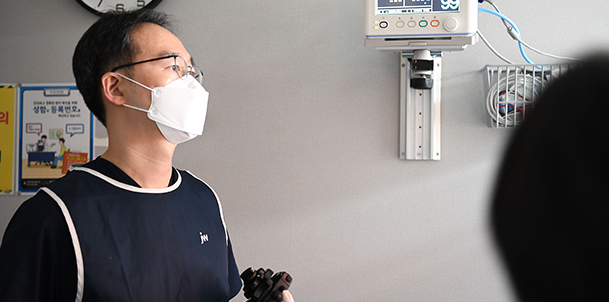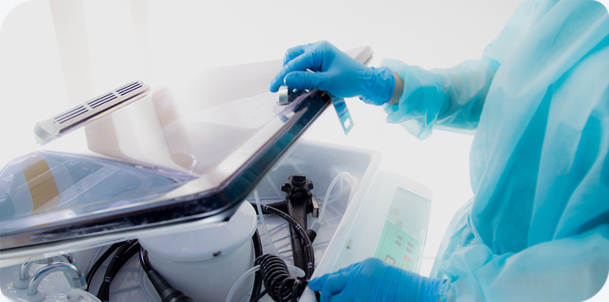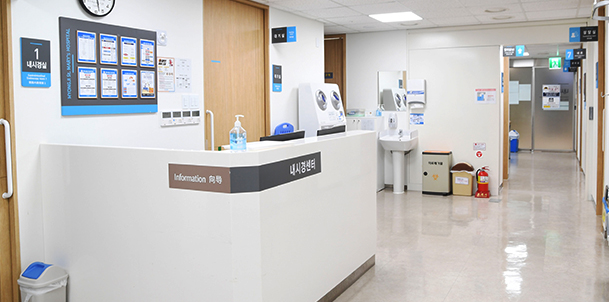Tel
1899-1475- Gastrointestinal Endoscopy Center
- One-day, one-stop procedure from examination and treatment
- The Gastrointestinal Endoscopy Center has established a system that enables diagnosis and treatment for diseases of the esophagus, stomach, small intestine, and large intestine, as well as liver, pancreas, and biliary tract. When a disease is detected during early screening, it can be treated by endoscopic removal without scheduling surgery on a later date.

- One-day, one-stop procedure from examination and treatment
- In the case of gastric and colonic polyps and mucosal resection, the polyp is removed endoscopically as soon as it is found during a gastrointestinal endoscopy. The Gastrointestinal Endoscopy Center has an appropriate endoscopic system for this purpose. and advanced technology. In addition, esophageal variceal ligation, gastric and colonic bleeding hemostasis, and foreign body We are performing removal surgeries, gastrostomy surgeries, etc.
- Experienced endoscopist
- Based on skilled clinical and surgical experience, a team of gastroenterologists and dedicated nursing staff work together to provide specialized diagnosis and gastroendoscopy and colonendoscopy on organs related to digestion in the human body, including the esophagus, stomach, small intestine, large intestine, anus, liver, biliary tract, and pancreas.


- Preventing infection through thorough medical device management
- Endoscopic biopsy forceps (biopsy forceps) are used to remove abnormalities such as polyps or ulcers during an endoscopic examination. This is a medical device used for tissue biopsy. Our hospital uses disposable tissue biopsy forceps to minimize the risk of infection. In addition, we use the latest endoscope cleaning machine in a separate cleaning room and thoroughly disinfect it after each examination.
- Efficient route design
- By arranging the Department of Gastroenterology (2nd floor) and the Endoscopy Room (3rd floor) in the outpatient center of our main hospital, we have secured an efficient route for patients to receive examinations, endoscopy, and treatment with the shortest route, thereby increasing the convenience of using the hospital.









